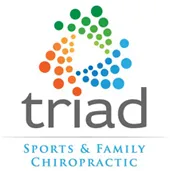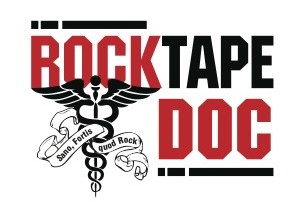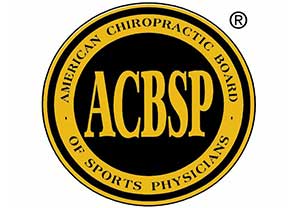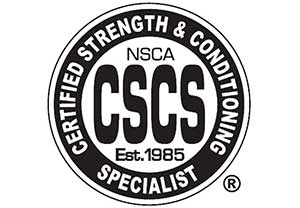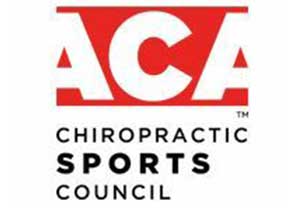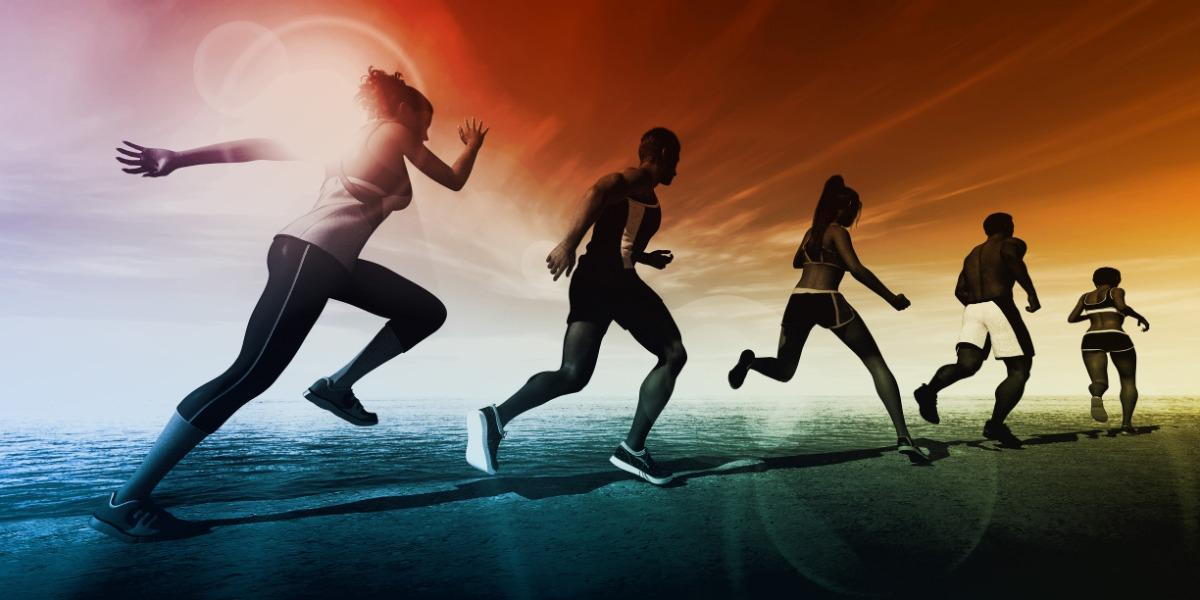
Shin Splints – The Runner's Nemesis
Welcome to our blog! Growing up as an athlete I had several minor injuries over the years, but there was one that became chronic and gave me so much grief. It was shin splints. If you're a runner, athlete, or even just a weekend warrior, you’ve likely heard of the dreaded shin splints. Shin splints are actually very common in any sport that involves running or jumping. Think, basketball, soccer, gymnastics... But don’t worry! At Triad Sports & Family Chiropractic, we are here to provide you with the best tips and tricks to prevent and manage shin splints, all while taking care of your whole body.
What Are Shin Splints?
Shin splints, medically known as medial tibial stress syndrome, refer to pain along the shin bone (tibia). This discomfort often arises from overuse or repetitive stress on the shinbone and the surrounding muscles and tissues.
How to Spot Shin Splints
- Pain on the inner part of your lower leg
- Tenderness or soreness along the shin bone
- Mild swelling in the lower leg
- Pain that worsens with exercise
Why Do Shin Splints Happen?
Understanding the root causes of shin splints is essential for effective prevention and treatment. Here are some common culprits:
- Overtraining or rapid increase in activity levels
- Running on hard or uneven surfaces
- Inadequate footwear or worn-out shoes
- Poor running mechanics and posture
Why Rest Doesn’t Work
Although one of the most common causes of shin splints is over training or better said “too much-too fast”, rest alone usually is not enough to recover from shin splints. The general recommendations when increasing intensity, volume, or any sort of load to your running program is 10% a week. An example would be if you are going for time, that may look like a 20-minute jog this week and going up to 22-minute next week. You may be able to adapt to these changes in the short term with enough recovery between workouts, but if you advance too quickly consistently you are asking for an injury especially if you are new to a sport/activity or in the growing years. Generally, if there is an underlying cause to why the body can not adapt to the load of running, and in most cases there is. They will be back. As soon as you start to train again, they usually return. Unaddressed, this can lead to even more inefficient movement patterns and potential injuries in other parts of the kinetic chain (ie. knee pain, foot pain, hip and lower back pain.)
Our Whole-Body Approach to Shin Splints
The standard recommendations have been relative rest (a.k.a. taking a break), over-the-counter medication, ice, and taping but we believe there is a better way. At Triad Sports & Family Chiropractic, we believe in treating the whole person, not just the symptoms. Here’s how we tackle shin splints from a holistic perspective:
1. Comprehensive Assessment
We start with a thorough evaluation of your posture, gait, and overall biomechanics. This helps us identify any underlying issues contributing to your shin splints.
2. Customized Treatment Plans
Your body is unique, and so is your treatment plan. We incorporate a mix of chiropractic adjustments, acupuncture, laser therapy, and corrective exercise to alleviate pain and prevent recurrence.
3. Nutritional Guidance
A balanced diet plays a crucial role in muscle recovery and overall health. We can provide personalized advice to support your body’s healing process. We are also trained in understanding the role of natural and many times more effective options for healing than the traditional over the counter medications.
4. Stress Management Techniques
Stress can impact your physical health in surprising ways. We offer strategies to manage stress through mindfulness, meditation, and relaxation techniques.
Fun Tips for Preventing Shin Splints
Preventing shin splints doesn’t have to be a chore. Here are some enjoyable ways to keep your legs happy and healthy:
- Mix Up Your Routine: Alternate between running, swimming, and cycling to reduce repetitive stress.
- Dance It Out: Join a dance class! It’s a fun way to improve your coordination and strengthen your legs.
- Stretch and Strengthen: Incorporate yoga or Pilates into your weekly routine to enhance flexibility and core strength.
- Stay Hydrated: Proper hydration keeps your muscles supple and reduces the risk of injury.
We're Here to Help!
Shin splints can be a pain, but with the right approach, they don’t have to sideline you for long. At Triad Sports & Family Chiropractic we are dedicated to helping you stay active and pain-free with our whole-body care philosophy. Dr. Jennifer McCleary is a Certified Chiropractic Sports Physician and a Certified Strength and Conditioning Specialist. She has 18 years in private practice working with athletes from a wide variety of sports.
Ready to get started? Contact us today to schedule an appointment and take the first step toward a healthier you!
